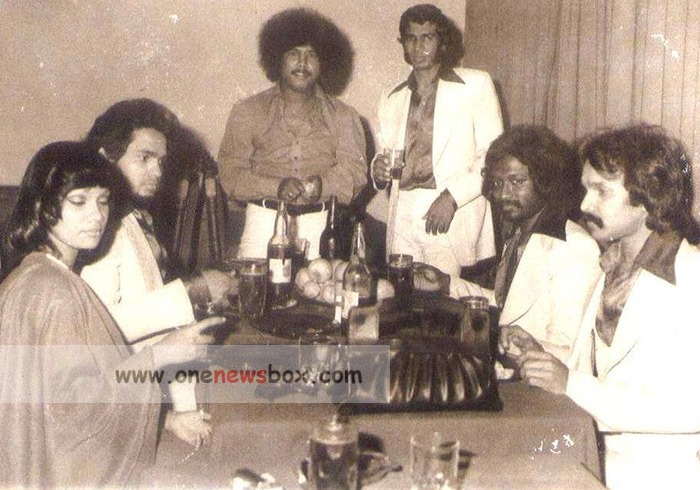Under the new ownership, Labohem thrived as a cultural hotspot, offering patrons a mix of traditional and contemporary entertainment. The cabaret became synonymous with elegance and musical excellence, featuring performances by some of the most beloved artists of the time. With the influence of Heideh and Mehsti, the cabaret attracted a loyal following and showcased a repertoire that resonated deeply with the audience.
The success of Labohem during this period can be attributed to the dynamic programming and the star power of its new owners. The cabaret featured a diverse range of performances, from traditional Persian music to Western-inspired acts, catering to a wide audience. It wasn’t just a place for entertainment; it was a cultural hub where artists and music lovers congregated to celebrate the rich tapestry of Iranian music.
Despite the socio-political changes happening in the country, Labohem continued to operate successfully through the 1970s. It was a witness to a rapidly evolving entertainment industry, with the rise of new music genres and changing audience preferences. The cabaret’s management adapted to these shifts, ensuring that it remained relevant and appealing.

